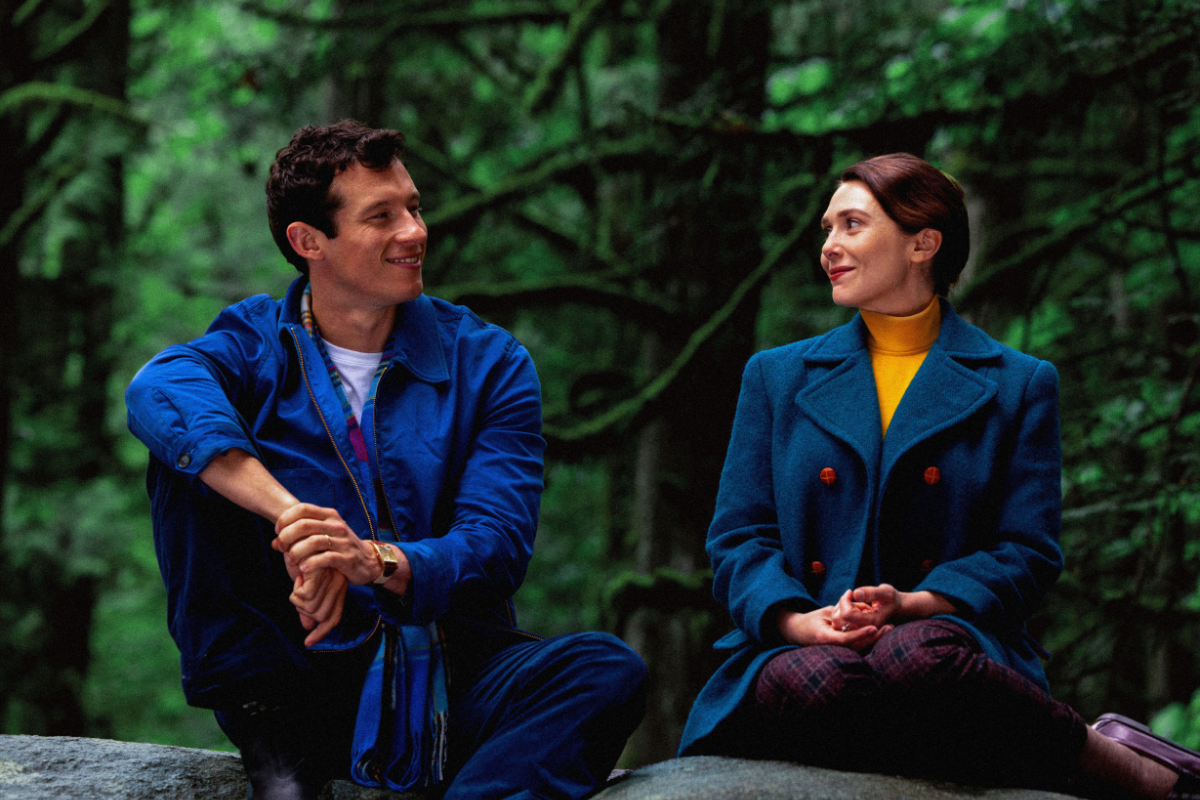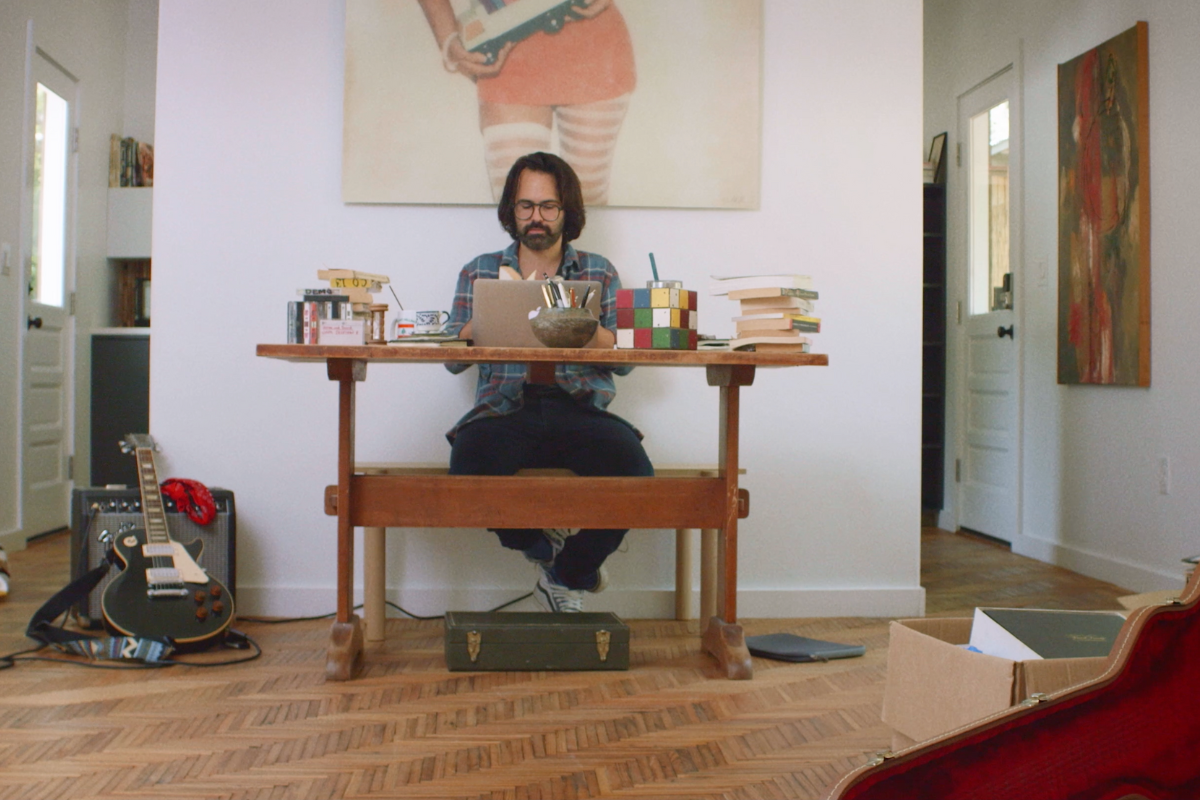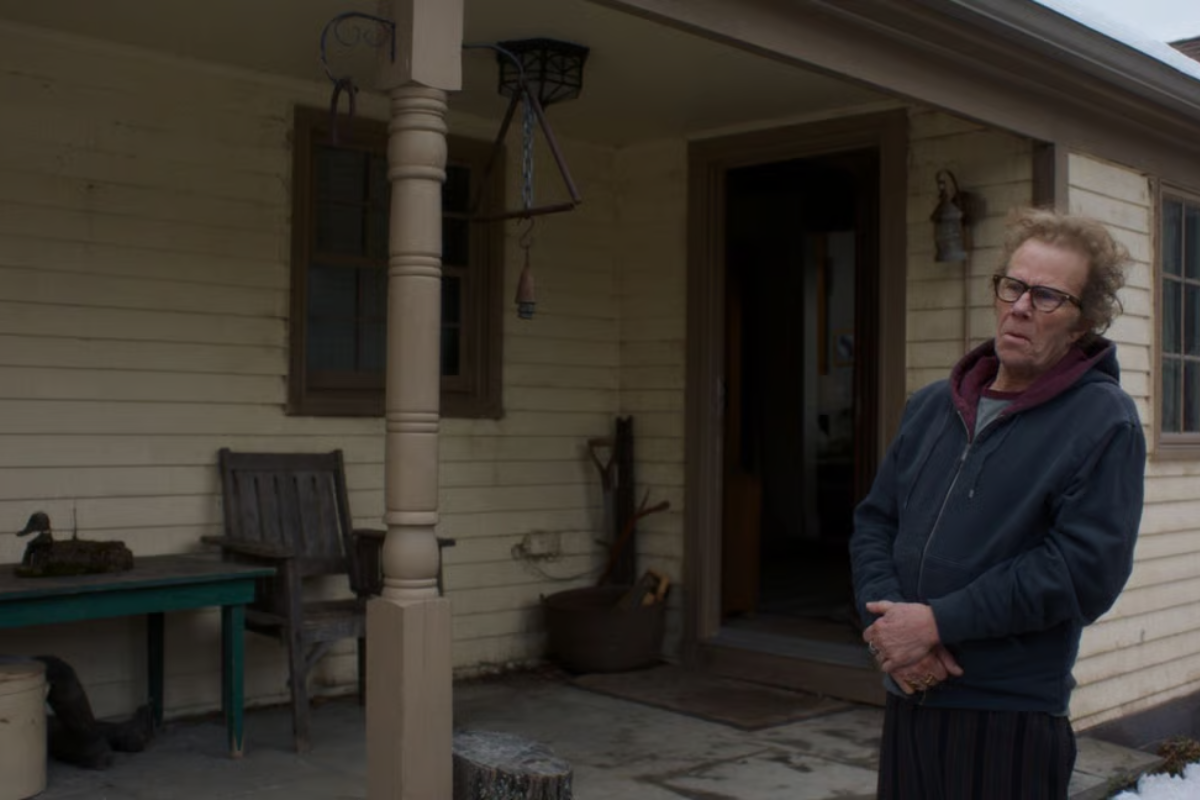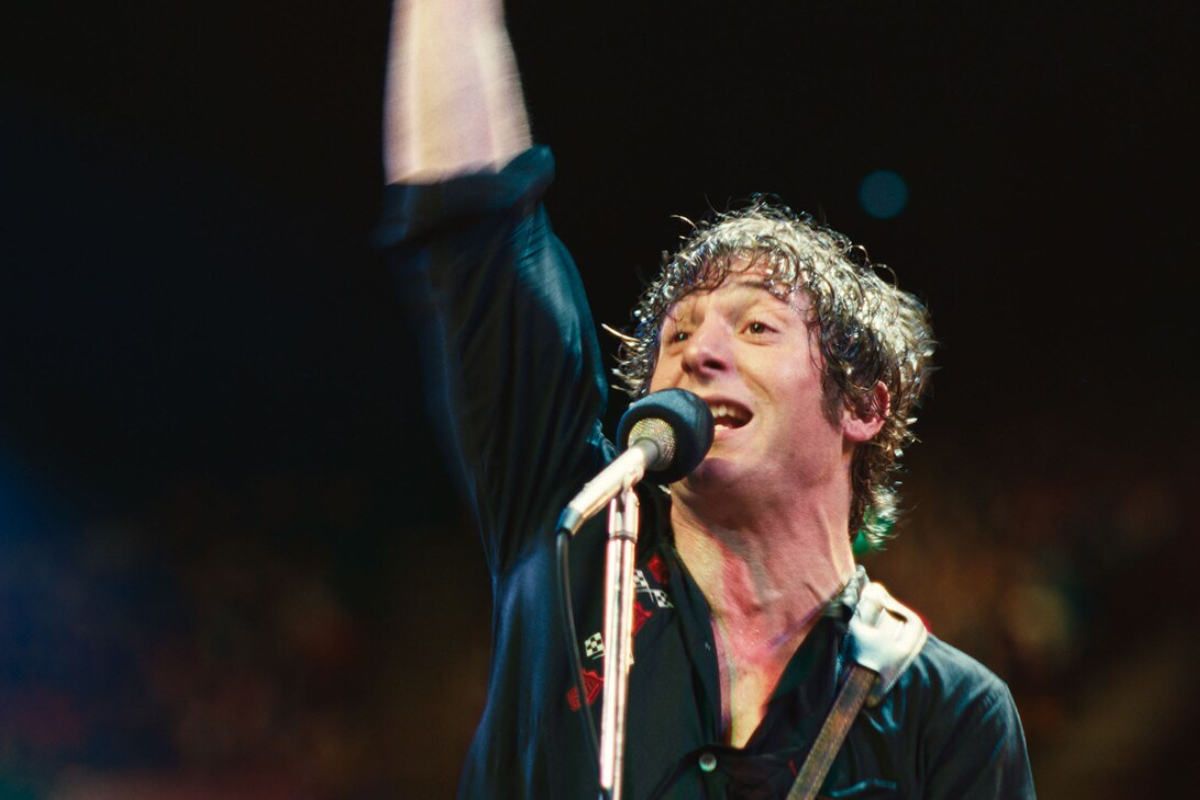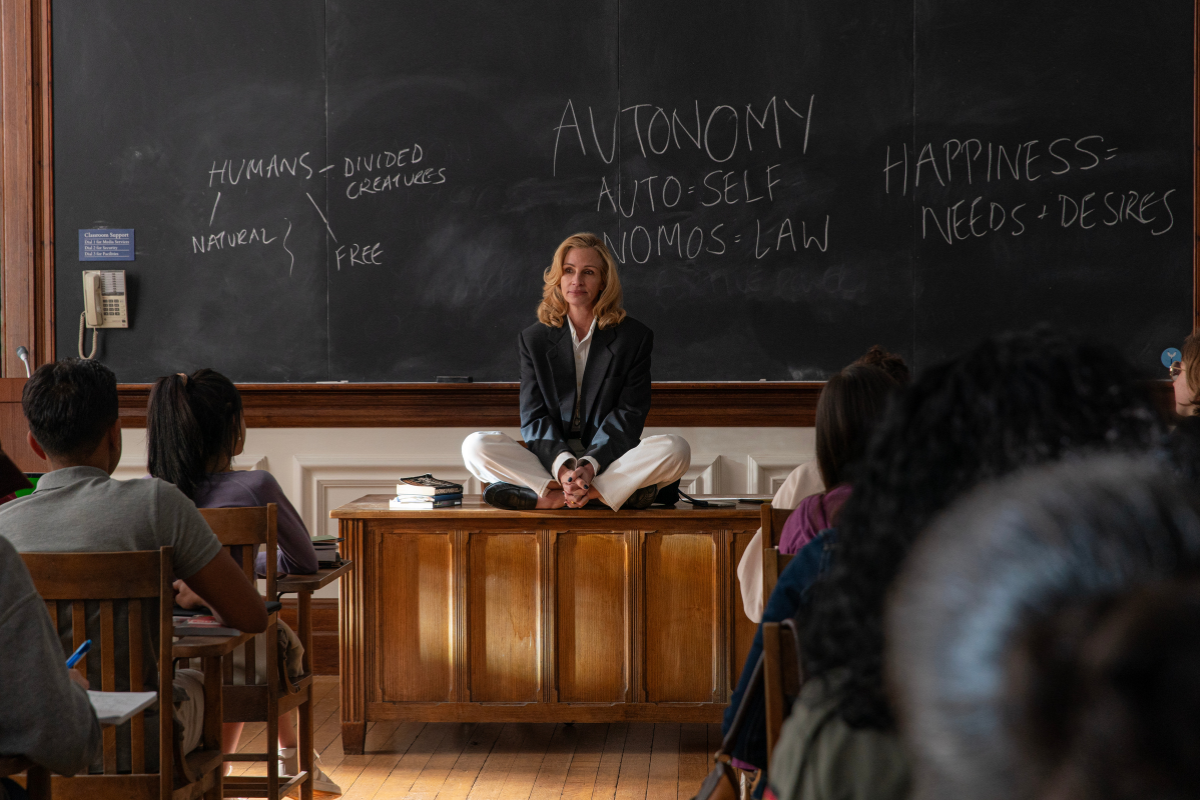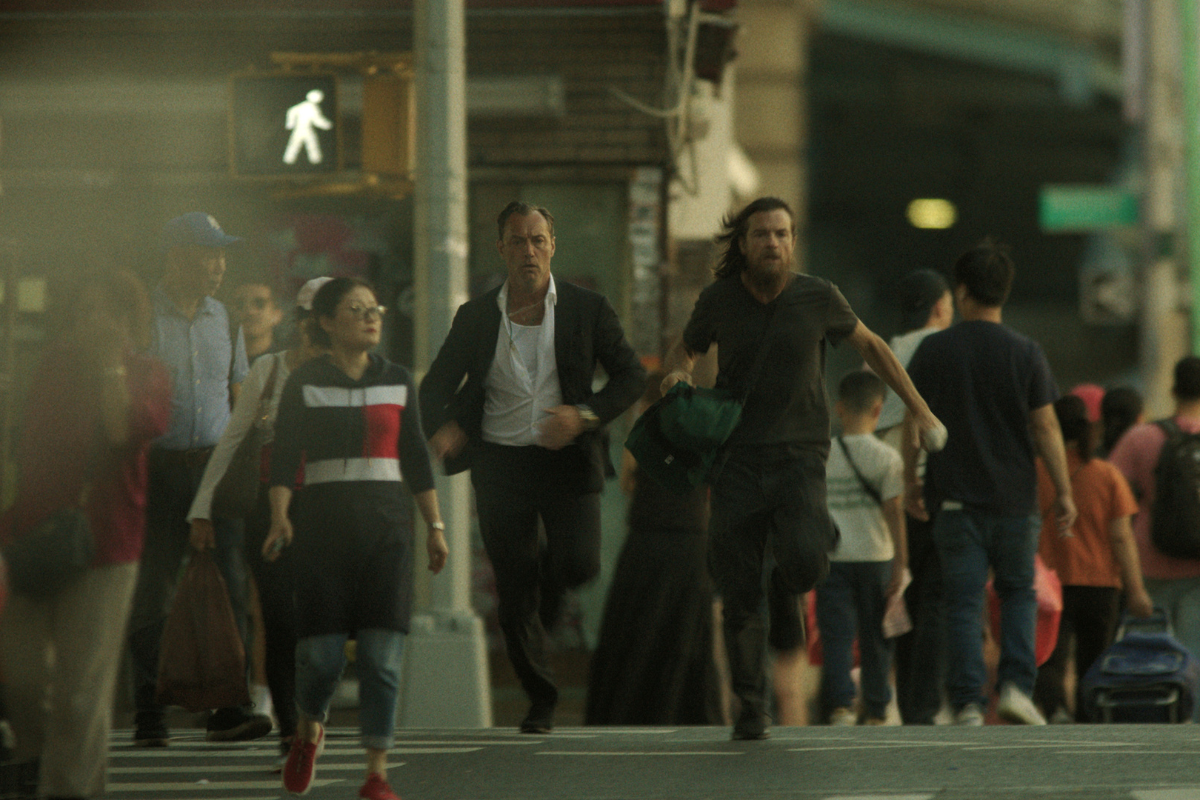Style and Structure: Interview with Emmy-Nominated ‘Dune: Prophecy’ Costume Designer Bojana Nikitovic
Emmy-nominated costume designer Bojana Nikitovic discusses her experience as a costume designer, highlighting the challenges and creative processes involved.
When you watch a film or television show, the last thing you want as an audience member is to be pulled out by unnecessary distractions, whether it be on the nose dialogue, faulty sound design, obscure camera angles, and the list goes on. But, when you find that magic morsel in whatever it is you’re watching, be it a gripping story that grips you, and when the world on screen draws you in closer – that’s hours worth spent. And to take it to another level, when you do notice the care and attention to detail by key departments, like the production design to the costume design, it’s worth talking about.
With the first episode of Dune: Prophecy originally premiered, the show was immediately gripping. You could immediately tell that there was an appreciation of artistry from every department, spearheaded by showrunner Alison Schapker. One of those key artists, Bojana Nikitovic, is now nominated for an Emmy for Outstanding Fantasy/Sci-Fi Costumes – Bojana recently took home the CDG Award for Excellence in Sci-Fi/Fantasy Television. Bojana cut her teeth designing costumes for her first love – theater. From there, she dipped her toes into film, working as an assistant costume designer under legendary costume designer Milena Canonero (A Clockwork Orange, Barry Lyndon, Marie Antoinette). Bojana soon went solo, spearheading a medley of genre films and television shows, adding to her portfolio of undeniable work (and of course, never lost sight of her first love, theater, ballet, and opera).
Cut to present day, Bojana was presented with a show she couldn’t pass on – Dune: Prophecy. Her career had led her to this very moment – and you can see her passion on screen in this very series. Bojana discusses her experience as a costume designer with Script, highlighting the challenges and creative processes involved. As well as utilizing modern technology, working with a popular (and deeply rich world) IP, to the importance of collaboration.
This interview has been edited for content and clarity.
Sadie Dean: How much lead time did they allot you before you had to fully jump in and start physically making these costumes?
Bojana Nikitovic: For projects like this, you have to have a good prep time. And they allowed us - the studio, the showrunner, the directors - they all helped. We had a certain period for good prep and to be well prepared for the enormous job that was in front of us. But you know how it is... every single project, there is never enough time. [laughs] I must say, during the project, we were working nonstop. We started shooting, but constantly we were making costumes, doing fittings for next scenes and next episodes... it was complicated in that way, but it was so interesting and amazing – I loved it.
Sadie: These costumes say so much about each character. They're very structured, they show stature, but they're also there's like a sense of flow and elegance, but most of all, like the power that comes with all these different characters. And there's a form and function. Knowing that there are previous versions made of this Dune world, what kind of conversations were you having with your showrunner, Alison Shapker, to make this world unique?
Bojana: That was the biggest challenge. And I think that we really tried to create something different… not because we want to be different than the others, but really thinking how this world should look like. And having these different groups and different planets, we really went through all the details. And I mean talking about the color palette for every planet. And then where the sisterhood is, it’s all rainy and misty and gray and foggy - we created this world of the sisterhood using different shades of gray and adding different textures, again, to make the costume interesting, but also finding the material that will move well when we see them moving in those wonderful sets and corridors.
We really worked together with all the departments. And we talked a lot. I would go to meet the set decorator and ask, ‘What are you going to put here?' It's so important. Then we have Salusa Secundus, and it's kind of a Mediterranean planet, and it's all about blue and green and water that is there next to the palace.
But also creating the Corrino family, it was so important to show the tradition, the elegance, the class that they have. So, the shapes, and silhouettes are kind of simple then, but then we have many details that I think that we as a team are very proud of, because we made everything in our workshop. And we really wanted to show every single rank on the uniform or insignia or family crest that Corrino is wearing. I hope that the audience recognized that.
Sadie: You utilized different tools to help you with the process of making these costumes – and I imagine these tools helped you meet overnight deadlines, like utilizing a laser cutter.
Bojana: Using the different tools in this project was the most interesting thing, because we were, on the one hand, we were using the best laser cutter machines and 3D printing. And on the other hand, we had a lot of handwork, handmade things. And I think that the mixture of these two techniques, actually are good, and that the result is special. Because whatever you make with a machine, it's perfect, and it's fantastic. But I think the handwork gives that special touch that the costume needs to be really something unique. I did some laser cuts, but I didn't know how many possibilities there were. When I started working with our leather guy who brought the first machines and showed us actually what we can do, it was like, 'Wow, so many ideas!' [laughs] Hand work, I think, it's never going to go out of fashion. And I think that handwork, it's always going to be that final touch that makes something perfect, and unique.
Sadie: What are the key items, or maybe visual suggestions or feelings, you're looking for when you're reading a screenplay the first time, to inspire what you will design?
Bojana: This is so interesting. Good question. I come from theater, and in the theater, you read the script, and then you talk to the director, and then you see what is his concept. I do the same thing, even though I've been working in movies and TV for a long time now, but I always go back to theater whenever I can. I really want to hear a showrunner, director, I need to talk to the production designer. It’s teamwork, and only when we are working together is the result good. So, I have the idea and I usually make many, many mood boards to show how I think and what ideas we could use, but I need to get the feedback. And I think it's important also for the process of drawings. You start from one thing and then you finish with something completely different, but the whole process is so important, especially in writing.
Sadie: I was looking at your website and at your portfolio. I feel like all of your work has led up to this moment of making this show specifically. Has that previous work helped fuel how you approached this show?
Bojana: I'm so glad that you mentioned that. There's so many things that I've done and I'm really happy, and I feel privileged to do this show. I really wanted to do this show so much. I don't remember that I ever wanted any other project, but this one was really, really important. Because I think during the years of work, we all get the experience in different fields - as I told you I worked in theater, then I started in movies, then I worked many years with Milena Canonero on top projects like Life Aquatic, Marie Antoinette, and The Wolfman...but I think it was all good, step by step, getting enough experience and building crew and getting to know people that will help you in the whole process.
The last five years, I've been working with people, like 20 people, that are really the heart of the team. And I think that this project came at the right moment when we were all ready. We know each other, we have enough experience, and it was the right project at the right time. And I'm so glad that it happened.
Sadie: Any advice you may have for writers when they're writing their screenplay, when it comes to writing about a character's attire?
Bojana: It's funny when you read about the descriptions. But now, recently, it's less and less. It's more that you're finding through the character, and what the character is doing, how it should look like, which I think is much better. When I read the description...I already have the image in my head. But even in the book, there are not so many descriptions, which is good, because then you are building your own vision of how a character should look like. I think that it's so important that when we see the actor, even before he says anything, we kind of know what kind of person they are.
Sadie: When you're reading something, whether it being the source material, like the book, or maybe just the screenplay, are you sketching along the way?
Bojana: First time, when I read, I read it just to go through it and to see and then to understand. And then when I read it again, I'm not sketching, but I'm making notes. Who could look a certain way and how to make the characters different from each other. Reading scripts for us is so important. Each time you find something new. Also, when you're doing a TV series, you have to know about the changes. Which is also so important, and which change is right for the right moment. I think that it's so important. Costume design in movies or TV series, not to make changes just because, 'Oh, OK, I have another nice costume,' but to make the right change in the right moment, that really means something. That's the next step, and then I start drawing.
Sadie: Any guiding advice or words of encouragement for costume designers who are first starting out, any questions that they should be asking and not afraid to ask?
Bojana: I think that it's so important for them not to be scared. I know it's difficult when you're young and when you don't have the experience. I've been through that as well. The thing that helped me a lot is that I looked at some more experienced designers at that time, in the very beginning, and this is the way to talk with the director. This is the way to stand up for your ideas, to say, 'OK, I totally get what you're thinking. But maybe we can do it this way.' I think that it's good to collaborate, but until a certain point. When there is something that I think really doesn't work, it's good to say that. Sometimes when you really feel that you have maybe a better idea, it's good to say that, because I think that also people respect you more when they find out that you are thinking about things, you know why you are defending your ideas.
Season One of Dune: Prophecy is now streaming on HBO Max.
Sadie Dean is the Editor of Script Magazine and writes the screenwriting column, Take Two, for Writer’s Digest print magazine. She is also the co-host of the Reckless Creatives podcast. Sadie is a writer and filmmaker based in Los Angeles, and received her Master of Fine Arts in Screenwriting from The American Film Institute. She has been serving the screenwriting community for nearly a decade by providing resources, contests, consulting, events, and education for writers across the globe. Sadie is an accomplished writer herself, in which she has been optioned, written on spec, and has had her work produced. Additionally, she was a 2nd rounder in the Sundance Screenwriting Lab and has been nominated for The Humanitas Prize for a TV spec with her writing partner. Sadie has also served as a Script Supervisor on projects for WB, TBS and AwesomenessTV, as well as many independent productions. She has also produced music videos, short films and a feature documentary. Sadie is also a proud member of Women in Film.
Follow Sadie and her musings on Twitter @SadieKDean


